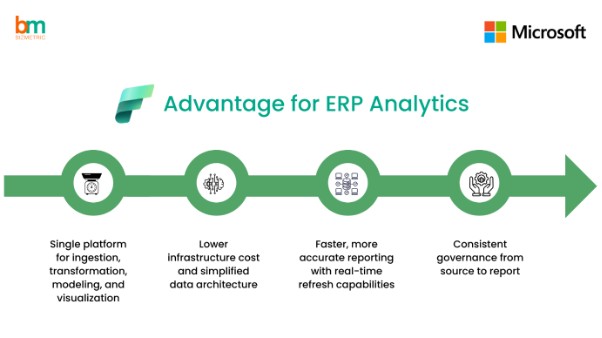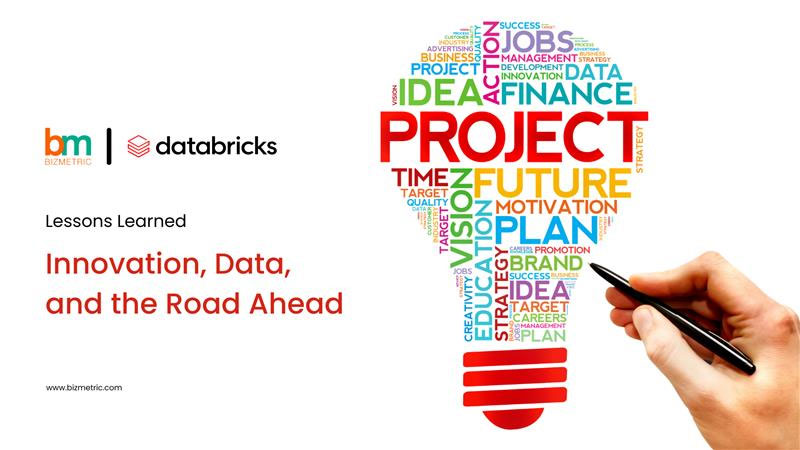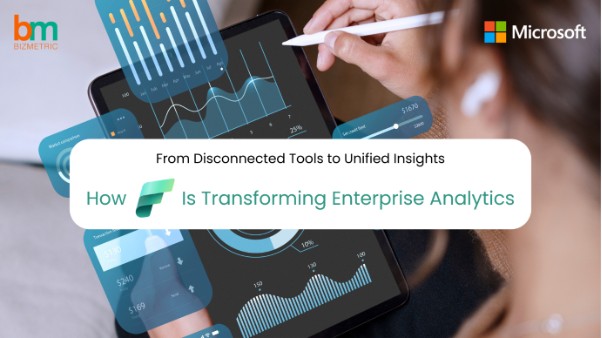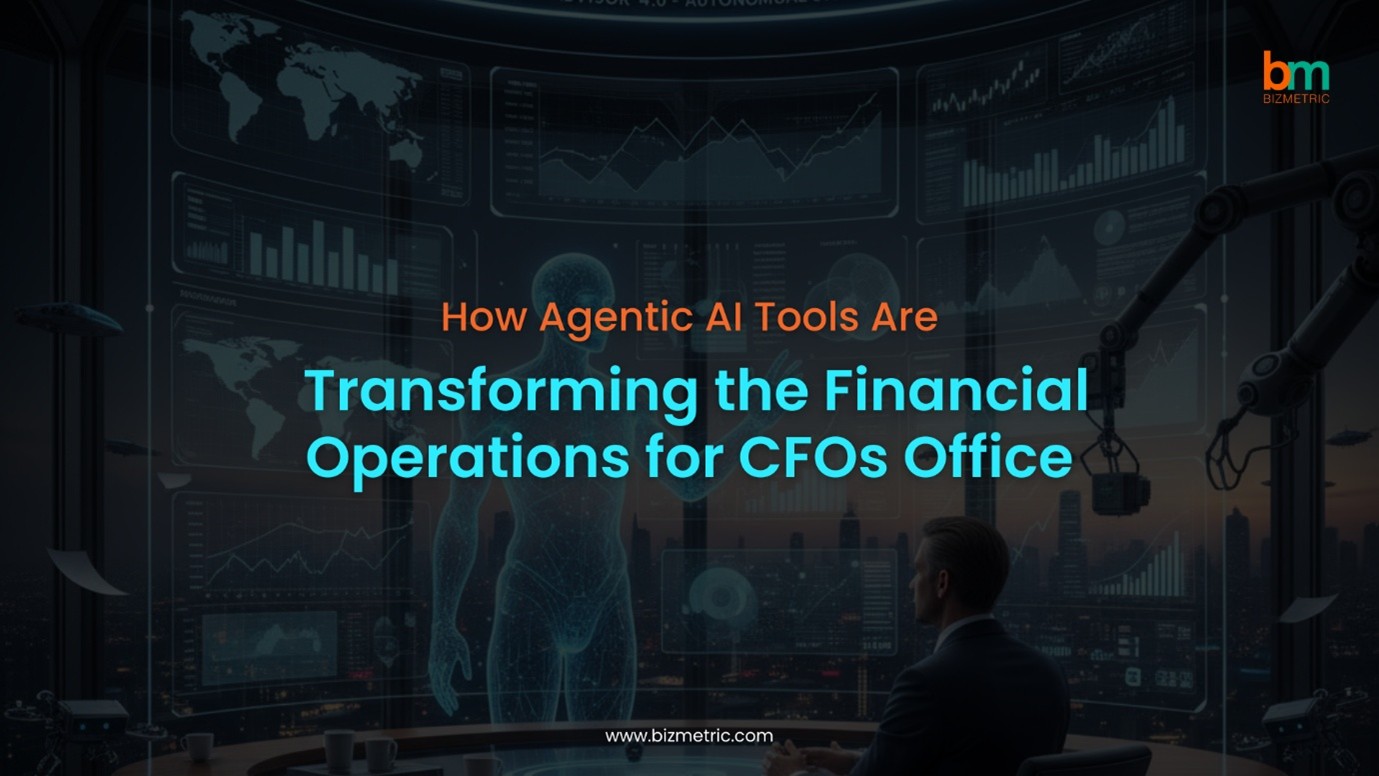Enterprise Resource Planning (ERP) systems like SAP ECC, SAP S/4HANA, Oracle EBS, Oracle Fusion, and Microsoft Dynamics 365 serve as the digital backbone for large enterprises. They manage critical business functions, from finance to supply chain and generate massive volumes of transactional data.
Yet, for all their operational power, these ERP systems face challenges when it comes to analytics and reporting. Extracting meaningful, timely insights from ERP data was a multi-layered problem, primarily due to the fragmented nature of traditional data architectures.
Before Microsoft Fabric: The ERP Analytics Struggle
Before Microsoft Fabric, organizations relied on a patchwork of tools to move ERP data into analytical environments. The typical setup involved:
- Third-party ETL tools to extract data from systems like SAP ECC or Oracle EBS.
- Separate data lakes or warehouses to store and transform data.
- BI tools like Power BI or Tableau for reporting, often with data copies and refresh delays.
This created several bottlenecks:
-
Slow Data Movement:
Ingesting data from SAP or Oracle required complex pipelines, often prone to failures and delays. -
Stale Reports: Time-consuming ETL jobs meant business users saw yesterday’s data—not real-time insights.
-
Security & Compliance Risks: Different tools meant fragmented governance policies and higher chances of data mismatches.
-
High Costs: Maintaining licenses, connectors, and cloud infrastructure across multiple tools increased the total cost of ownership.
-
Long Lead Times: Building end-to-end ERP analytics solutions could take weeks or months, limiting business agility.
After Microsoft Fabric: Unified, Fast, Governed
Microsoft Fabric, launched in 2023, addresses these pain points with a single, end-to-end data platform. Whether you’re using SAP S/4HANA, Oracle Fusion Cloud, or Microsoft Dynamics 365 FnO, Fabric offers prebuilt connectors that enable seamless, secure ingestion of ERP data into OneLake, the unified data lake at the heart of Fabric.
Here’s what Fabric changes:
-
Centralized Data Lake (OneLake):
All ERP data lands in one open, accessible location using Delta Lake format. -
Built-in Pipelines:
No need for third-party ETL. Use Dataflows Gen2, Pipelines, or Notebooks to shape and transform data. -
Real-Time Dashboards:
Power BI is natively integrated—business users can analyze near real-time ERP metrics with governed access. -
Unified Governance:
Microsoft Purview ensures data lineage, classification, and policy enforcement across ERP sources. -
Accelerated Time-to-Insights:With templates and lakehouse models, organizations can build ERP reporting in days, not weeks.
The Fabric Advantage for ERP Analytics

As ERP systems evolve, so must the way businesses analyze data out of them. Microsoft Fabric enables enterprises to break down silos and make decisions with real-time ERP data.
- One platform for ingestion, transformation, modeling, and visualization
- Connectors for D365, SAP, and Oracle ERP systems
- Lower infrastructure cost and simplified data architecture
- Faster, more accurate reporting with real-time refresh capabilities
- Consistent governance from source to report
Contact Fabric Experts for Seamless ERP Data to Analytics Journey
Bizmetric has been a frontrunner with Fabric implementations for every workload. With more than 20 Fabric projects completion, certified team is ready to help with ERP data to datalake. Our team has built ERP data to Fabric datalake accelerators to fast-track the deployment.
With over 6 Fabric F128 projects successful deployed, including the first F128 implementation in the Asia Pacific region, our team of 500+ professionals (more than 300 Microsoft-certified), we bring deep industry expertise.
We have strong hands-on experience across Fabric capacities (F2–F128). Along with this, to fasten the process, we have accelerators that enable seamless ERP data integration from Oracle, SAP, and D365 into the Fabric Lakehouse. Bizmetric team have also worked on Power BI Premium, Tableau, Spotfire, and Synapse to Fabric migration.
Is your team ready to shift from complexity to clarity in ERP analytics? We are ready to help your business achieve effective decision-making. Now’s the time to explore what Fabric can do. Contact us to know more!







Write a Reply or Comment
You must Register or Login to add a comment.